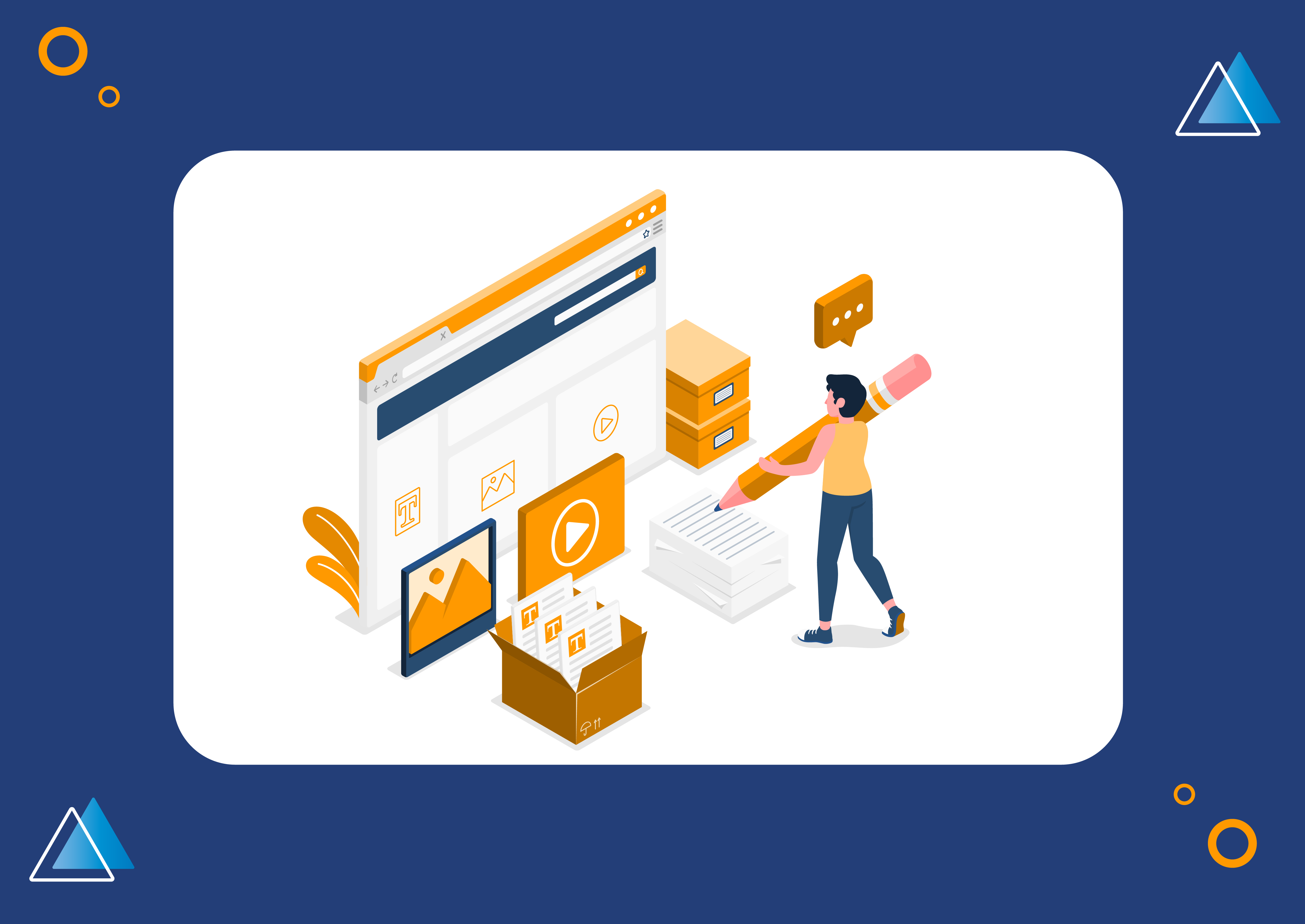
This is where leads become paying customers.

SaaS companies don’t grow by accident. Behind every successful SaaS product is a scalable customer acquisition funnel—a structured journey that turns strangers into users, and users into long-term customers.
But unlike one-off campaigns, a customer acquisition funnel is a repeatable system. It’s designed to bring in a steady stream of qualified leads while reducing customer acquisition costs (CAC) over time.
Whether you’re a startup or a scaling SaaS company, here’s how you can build a marketing funnel that doesn’t just acquire users—but fuels long-term growth.
Before you build anything, get crystal clear on:
● Your ideal customer profile (ICP)
● Their buying process
● Where they hang out online
For example, a B2B SaaS targeting marketing teams at mid-sized companies will have a very different funnel than a dev tool aimed at solo builders.
Creating buyer personas is more than a formality—it shapes your messaging, channels, and lead qualification process.
You can’t convert users who don’t know you exist.
Top-of-funnel (TOFU) content helps you attract the right audience:
● SEO-driven blog posts
● Educational videos or webinars
● Guest features or podcasts
● Paid ads on Google, LinkedIn, or Twitter
The goal here isn’t to sell—it’s to get discovered and position your product as a solution to a problem your audience cares about.
Example: A CRM startup might write “How to Reduce Sales Admin Work with Automation” instead of pushing a demo on day one.
Once someone lands on your content or site, you need a reason for them to stay in touch.
Enter: the lead magnet.
This could be:
A free eBook or template
A gated tool (like a calculator)
A video walkthrough or checklist
A free trial or freemium sign-up
Your lead magnet should be tightly aligned with your product’s value.
A good example: DemoKraft AI offering a free interactive demo for startups exploring lead qualification solutions—this moves them deeper into the funnel without feeling like a pitch.
Getting a lead is only half the battle.
The next step is to educate, build trust, and move them toward action—automatically.
This is where email nurturing flows, chatbots, and retargeting campaigns come in.
You might set up:
A 5-part welcome sequence that walks them through your product use cases
Behavior-based emails based on features they explore
Chatbots that guide them to content, demos, or pricing pages
The best SaaS funnels use automation + personalization to create a guided experience that feels human, not robotic.
This is where leads become paying customers.
Your bottom-of-funnel content should:
Answer objections (case studies, comparison pages, FAQs)
Reinforce credibility (testimonials, reviews, security pages)
Offer a clear next step (like booking a demo or choosing a plan)
Adding product tours, demo videos, and interactive ROI calculators here can help leads feel more confident and informed.
What gets measured gets improved. Track key funnel metrics like:
● Website traffic to lead conversion rate
● Email open and click-through rates
● Trial-to-paid conversion rate
● CAC vs. LTV (lifetime value)
Use this data to test and improve each stage of your funnel. Maybe your pricing page needs clearer CTAs. Or your trial signups drop off before activation. Each weak point is a growth opportunity.
A funnel becomes scalable when it loops:
Happy users refer others (virality)
Content keeps attracting new leads (SEO flywheel)
Data fuels better segmentation and targeting (AI-powered tools)
That’s how customer acquisition stops being manual—and becomes a growth engine.
A scalable customer acquisition funnel doesn’t need to be complex—but it does need to be intentional.
Start simple. Focus on solving your customer’s problem at every stage. Add automation where it saves time. And always, always keep testing.
The SaaS companies that win aren’t the ones that scream the loudest. They’re the ones with a system that works—even while the team sleeps.
© Copyright 2025 DemoKraft AI, All Rights Reserved